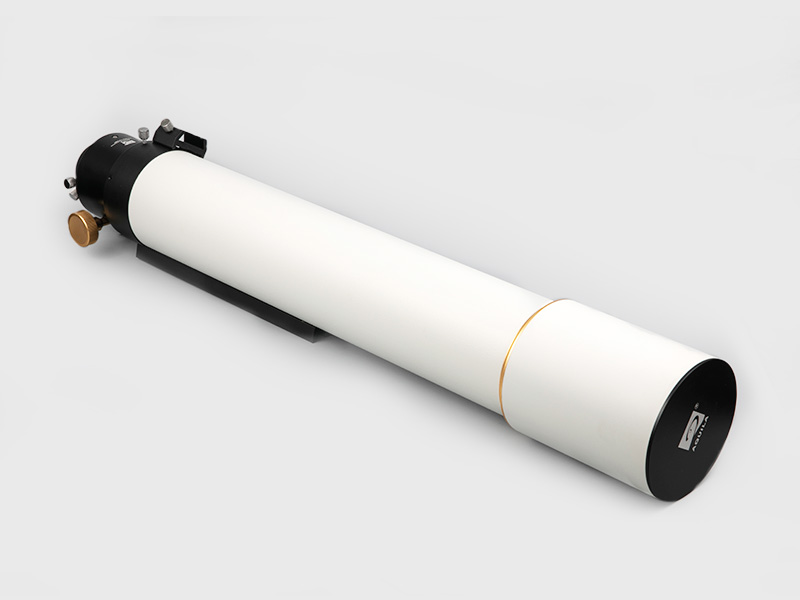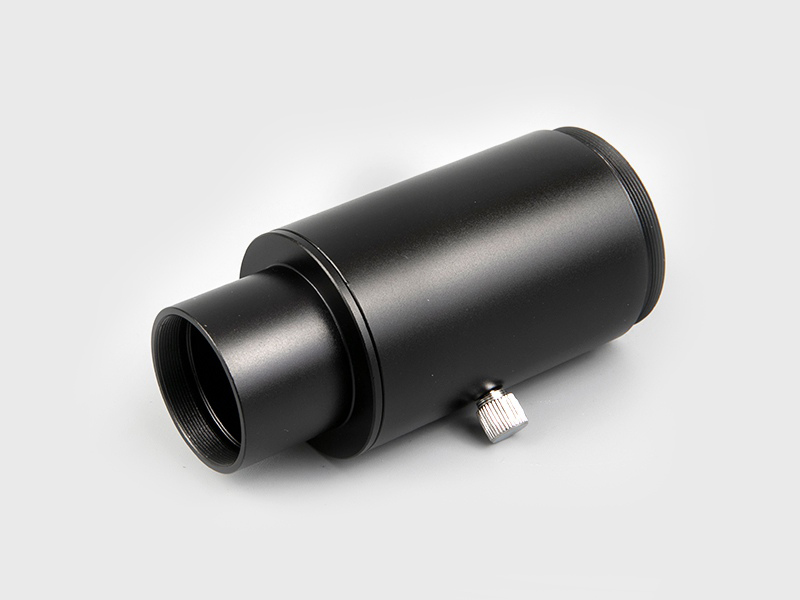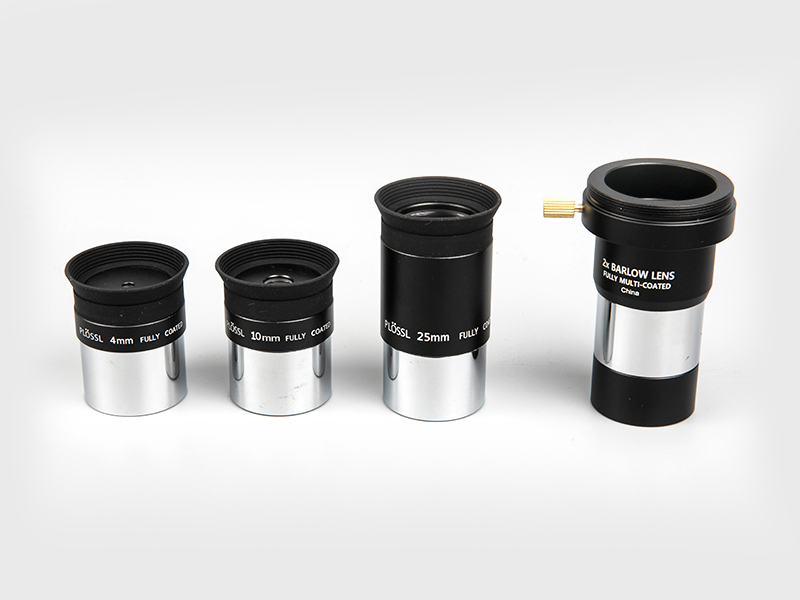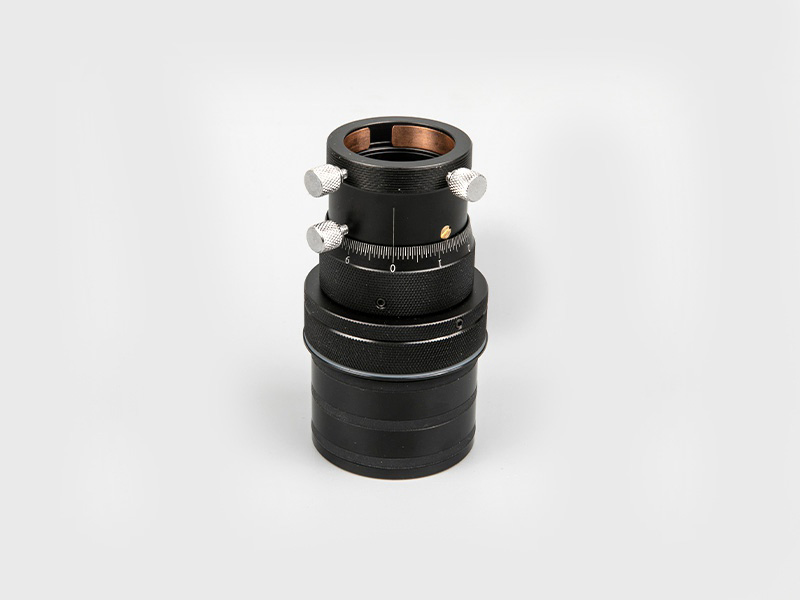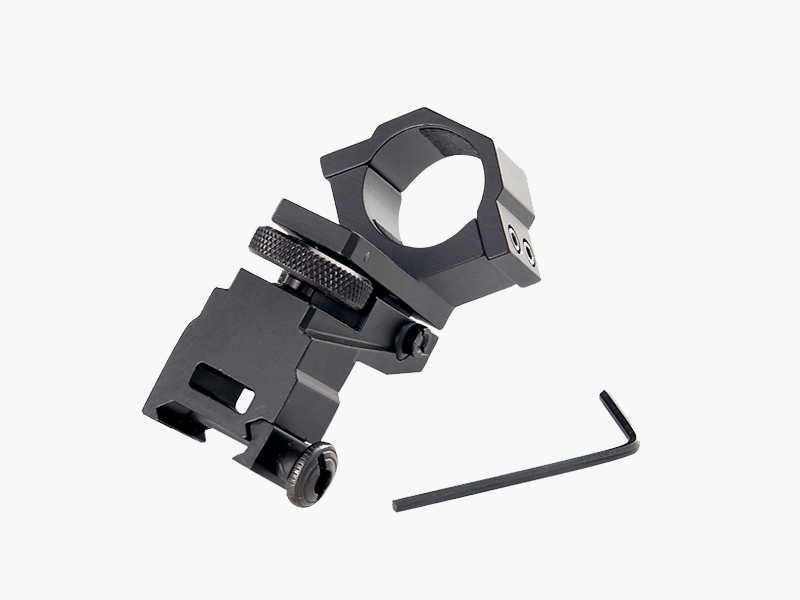A convex lens is a lens with a thicker central part. Convex lenses are divided into double-convex, plano-convex, and concave-convex (or positive meniscus) forms. Thin convex lenses have a converging effect, so they are also called condenser lenses. Thicker convex lenses are expected to be far away and convergent. This is related to the thickness of the lens. .
Parallel light rays (such as sunlight) parallel to the axis (the connection between the two spherical surfaces of the convex lens is called the main optical axis of the lens) enter the convex lens, and the light is concentrated on the axis after being refracted twice on both sides of the lens. One point, this point is called the focal point of the convex lens (marked as F, English: focus). The convex lens has a focal point on both sides of the lens. For a thin lens, the distance between the two focal points and the center of the lens is approximately the same. The focal length of a convex lens refers to the distance from the focal point to the center of the lens, usually expressed as f. The smaller the spherical radius of the convex lens, the shorter the focal length (symbol: f, English: focal length). Convex lenses can be used for magnifying glasses, glasses worn by people with presbyopia and hyperopia, cameras, movie projectors, microscopes, telescope lenses, etc.
1. Simple telescopes are both "convex mirrors", and complex telescopes add "concave mirrors" for focusing.
There are two types of telescopes:
1 Kepler telescope has two convex lenses, the objective lens is small and the eyepiece is large
2 Galileo telescopes are convex and concave, and the concave eyepiece has a large power. The magnification is the power ratio.
2. From the principle of microscope, it can be considered that the combination of two convex lenses means that the magnified real image formed by the first lens (objective lens) falls within the focal length of the second lens (eyepiece), causing secondary magnification. There are two kinds of lenses on the microscope. One is the eyepiece, which is the lens close to the eye, and the other is the objective lens, which is the lens facing the object under observation. Both lenses are marked with a multiplier number. For example, the eyepiece is marked with *10. The mark on the objective lens is *20. Then the actual magnification of this microscope is 10*20=200 times. Generally speaking, the eyepieces are not changed. To perform micromanipulations of different magnifications, just change the objective lens.
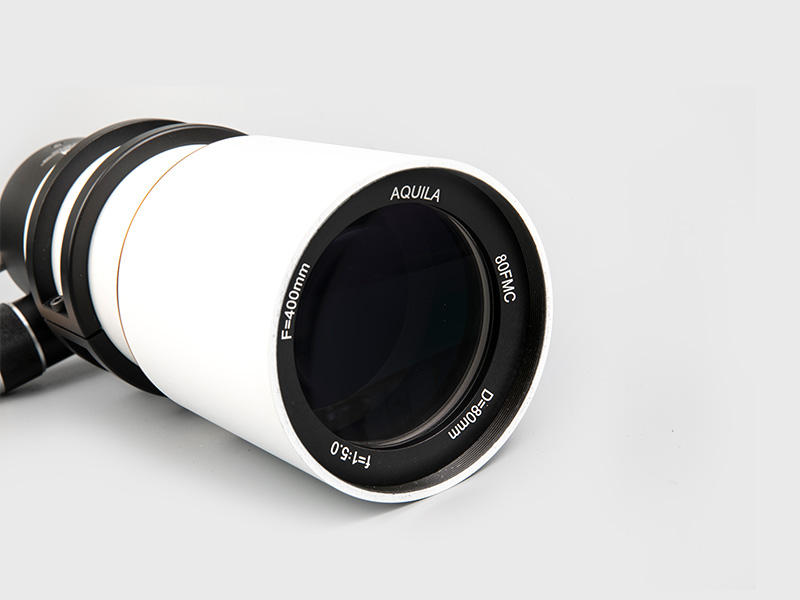

 English
English 日本語
日本語 Deutsche
Deutsche España
España

